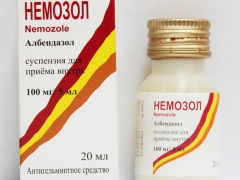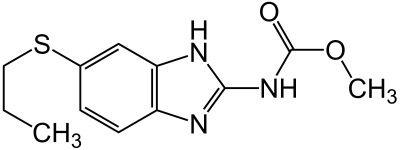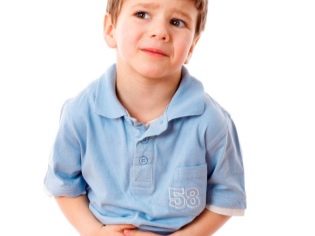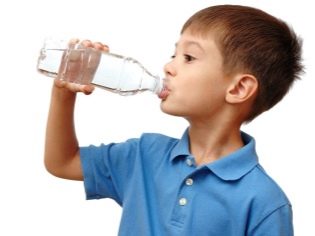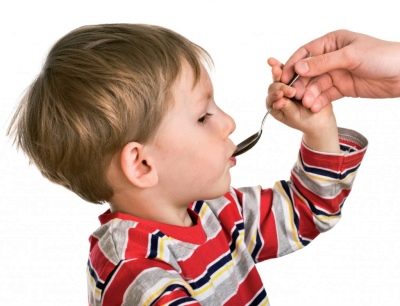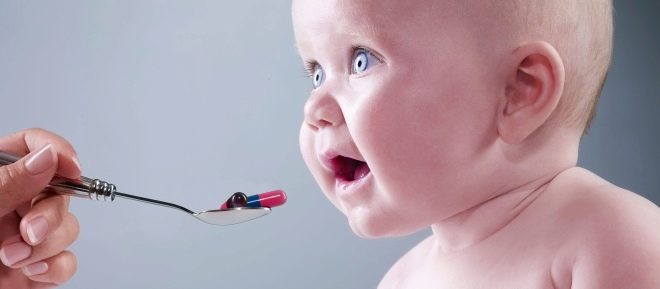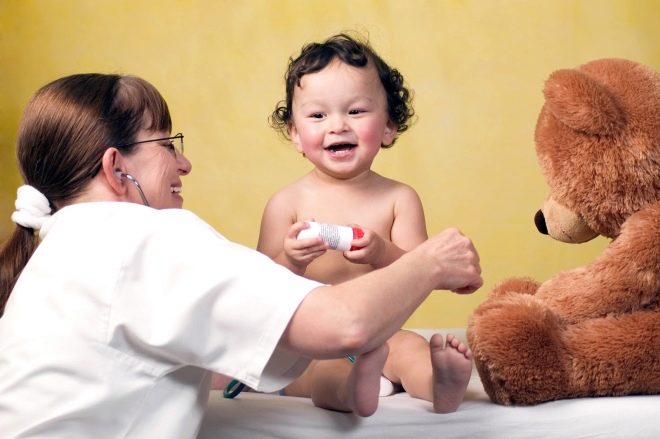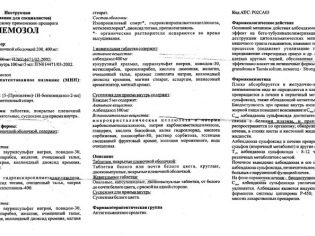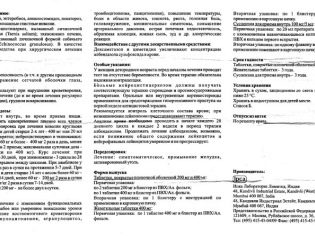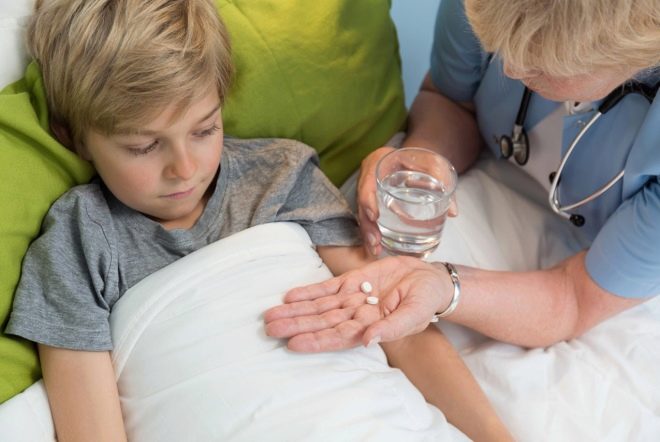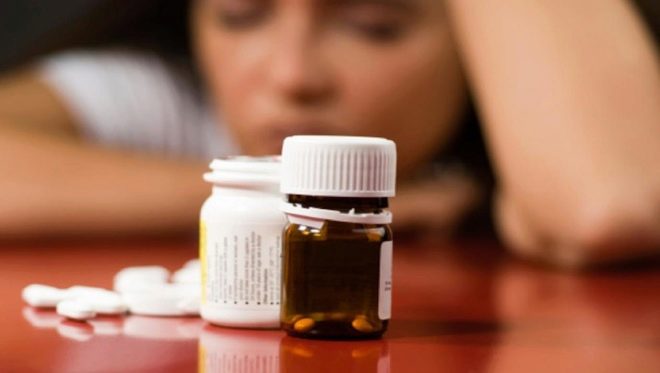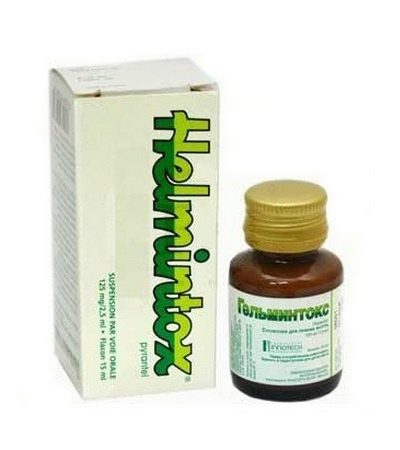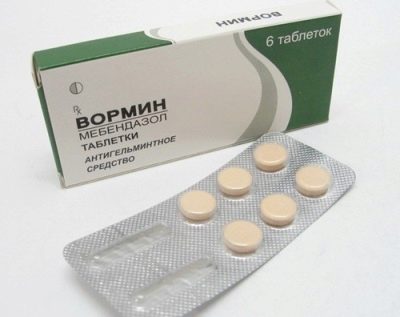Suspension "Nemozol" for children: instructions for use
Infection with worms often occurs in childhood, which is why many parents face this problem. Treatment of helminthiasis in children requires the use of both effective and safe means. One of these drugs can be called Nemozol. Especially for the smallest patients, it is produced as a pleasant-tasting suspension. When is it prescribed for children and how much is given to the child?
Release form
Composition
The effect of the suspension is provided by a substance called albendazole. From 5 ml of syrup the patient receives it in a dosage of 100 mg. To make the medicine liquid, sweet in taste and not spoiled during storage, purified water, sodium carboxymethylcellulose, glycerol, potassium hydrochloride, sorbitol and benzoic acid, as well as microcrystalline cellulose, polysorbate 80, sorbic acid and flavors are added.
Operating principle
Albendazole in the suspension is able to destroy worms due to the violation of biochemical processes in the body of worms and damage to intestinal cells of the parasites. The drug is particularly effective for the larvae of the pork tapeworm and echinococcus, as well as the pathogen strongyloidosis. No less active is the cure for ascaris, hookworm, pinworms, necators, claws, toxocars and Giardia.
Suspension is absorbed poorly in the digestive tract, but this process improves with the simultaneous consumption of food (especially fat). Metabolic changes in albendazole occur in the liver, where sulfoxide is formed, which also has antihelminthic activity. Removal of the drug from the body occurs in the urine, but does not change with impaired kidney function.
Indications
Suspension Nemozol is prescribed for:
- Ascariasis.
- Lambliosis
- Hookworm disease.
- Trichocephalosis.
- Enterobiasis.
- Trichinosis.
- Strongyloidosis.
- Echicoccosis.
- Neurocysticercosis.
- Toksokarose.
- Necatorosis
- Mixed invasions caused by several types of worms at once.
From what age is prescribed?
In the annotation to Nemozol in the form of a suspension, there are no any restrictions on age. This remedy can be given even to babies of the first years of life, if there are grounds for this, but the medication is usually not prescribed to children under one year old.
In addition, it is important to remember that the use of drugs in children as 1-2 years old and older, without consulting a pediatrician is not recommended.
Contraindications
Nemozol should not be given to children with hypersensitivity to any of the components of the suspension, as well as retinal lesions. Patients with liver disease or hematopoietic disorders require careful use of medication.
Side effects
- Patient's digestive tract may respond to a suspension intake with nausea, abdominal pain or vomiting. Sometimes the drug affects the liver, which is manifested in the blood test a slight increase in the activity of enzymes called transaminases.
- Some children have negative effects. drug on the central nervous system in the form of dizziness or headache.
- Occasionally Nemozol causes a rise in temperature., an allergic reaction (for example, in the form of an itch or rash), high blood pressure or kidney failure.
- In the analysis of the blood of the child taking the suspensiondecreased leukocyte, granulocyte and platelet counts may be determined.
Application and dosage
The instructions for use allow the medicine to be given to infants during feeding, and older children - in any of the meals. At the same time, it is recommended to treat all other family members living with the child. The dosage of the drug depends on several factors, among which are the diagnosis, the patient’s body weight, and his age:
- If the child has giardiasis, the dose of the drug must be calculated by the body weight of the small patient. To do this, the weight in kilograms is multiplied by 10 or 15 and the amount of albendazole is obtained, which must be taken daily once for 5-7 days. For example, a child with a weight of 15 kg is given 150 mg of albendazole per day (15 * 10), which corresponds to 7.5 ml of suspension.
- When infected with ascaris, whipworm, pinworms or other nematodes give the drug once. A child over 2 years old should drink the drug in full at once, that is, all 20 ml of the suspension from one bottle. Patients younger than 2 years, a single dose is determined by the doctor, but most often the medicine is given once in an amount of 10 ml.
- If the child has toxocarosisthen at the age of 14 the dose of Nemozol should be calculated by body weight. The drug is given in a dosage of 10 mg / 1 kg per day, dividing the resulting amount into 2 doses. Children over 14 years old are prescribed medication 400 mg of albendazole twice a day, that is, 1 bottle of suspension per reception, so it is more convenient to use solid forms. Moreover, the duration of treatment with lesions with toxocars is 1-2 weeks.
- If the reason for using Nemozol is echinococcosis or neurocysticercosis, the dosage is calculated by weight, multiplying the number of kilograms by 15. This daily dose is divided into 2 doses. For example, a child weighing 20 kg needs 300 mg of albendazole per day, so he is given twice a day with 7.5 ml of suspension (150 mg each). With a weight of more than 60 kg, the drug is prescribed at 400 mg per reception twice a day.
Overdose
Excess medication may cause dizziness, nausea, drowsiness, vomiting, and other negative symptoms. In the treatment of overdose using gastric lavage and reception of sorbents. If required, the child is prescribed symptomatic agents.
Interaction with other drugs
In the treatment of neurocysticercosis, Nemozol is combined with anticonvulsants and glucocorticoids. If the suspension is administered together with cimetidine or dexamethasone, the concentration of the active metabolite albendazole will increase.
Terms of sale and storage
To purchase Nemozol in suspension, you must first obtain a prescription from a doctor. The average price of one bottle is 170 rubles. It is necessary to store the medicine at home in a place securely hidden from children, where high temperature or moisture will not act on the drug. The shelf life of the suspension is 3 years.
Reviews
The treatment of helminthiasis in children with Nemozol is mostly positive. The drug is praised for its high effectiveness against most parasites and the rare occurrence of side effects. Moms like that the drug is released in suspension, which is very easy to give to the child, because he does not have a bitter taste. The disadvantages of the drug, some parents attribute its cost, especially when necessary for long-term use.
Analogs
Replace Nemozol with worm infestation in a child can be one of these drugs:
- Pills Dekaris for children (50 mg), which provides levamisole. The drug is prescribed from the age of 3.
- Suspension Pirantelpermitted for children from 6 months of age. This medicine is also represented by tablets with a dosage of 250 mg.
- Suspension HelmintoxThe basis of which is Pyrantel.Medicines are prescribed for babies older than 6 months and are also produced in tablets approved from 6 years.
- Pills Vermoxcontaining mebendazole. They can be prescribed from 2 years of age.
- Pills Vormin, which also contain mebendazole and are used in children older than two years.
Any of these drugs effectively fights against pinworms, ascaris and other helminths, but must be prescribed by a doctor. It is not worth giving any medication for worms (including for prophylaxis) without prior consultation with a pediatrician.
Dr. Komarovsky will advise how to detect worms with a sufficient degree of probability, and will tell whether it is necessary and possible to carry out effective prevention of helminthiasis.
